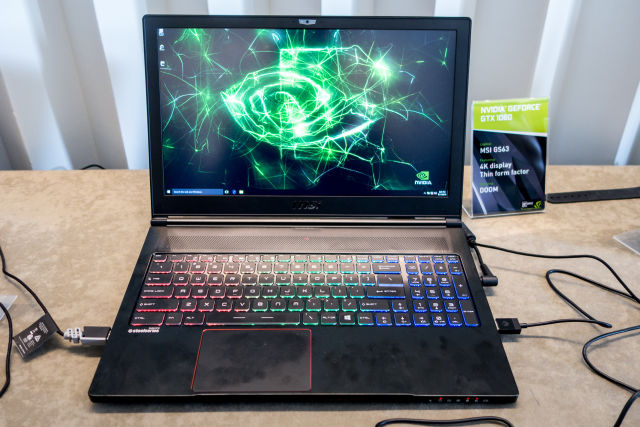A video showcasing the new Audi traffic light tech.
Starting this autumn, when you're stopped at some traffic lights, new Audi Q7 and A4 cars will show a real-time time-to-green-light countdown on the driver's information cluster. Now you'll know exactly when to start revving like a hooligan.
The tech, which Audi has imaginatively dubbed the Traffic Light Information System, receives traffic light timing data via the car's cellular modem. In this case, rather than getting the data directly from nearby traffic lights, the data is being broadcast by some kind of city-wide traffic management system.
As you have probably surmised, there are not yet many of these city-wide systems. Audi says that the green light timer will work in select cities in the US this autumn, but declined to say which cities those might be. UK, European, and Asian cities will surely follow, though no timeline has been given. If you have a 2017 Audi A4, A4 allroad, or Q7 built after June 1, with a cellular connectivity package, you will be able to use the feature (in cities where it's enabled)


 Die aktuelle Version 1.7 der Sprache Go ist durch Verbesserung am Compiler deutlich schneller. Go 1.7 läuft zudem auf IBM Z Systems, ein wichtiges Netzwerkpaket ist Teil der Standardbibliothek geworden. (
Die aktuelle Version 1.7 der Sprache Go ist durch Verbesserung am Compiler deutlich schneller. Go 1.7 läuft zudem auf IBM Z Systems, ein wichtiges Netzwerkpaket ist Teil der Standardbibliothek geworden. ( Mit einer bestimmten Art und Weise der Datenverteilung von Windows auf einer SSD und einer Festplatte hat das Anniversary Update Schwierigkeiten. Es kann dazu führen, dass der Rechner unvermittelt stehenbleibt. Betroffen sind aber nur Nutzer, die mit viel Handarbeit Windows 10 pflegen. (
Mit einer bestimmten Art und Weise der Datenverteilung von Windows auf einer SSD und einer Festplatte hat das Anniversary Update Schwierigkeiten. Es kann dazu führen, dass der Rechner unvermittelt stehenbleibt. Betroffen sind aber nur Nutzer, die mit viel Handarbeit Windows 10 pflegen. (
 Secunia Research schaut sich regelmäßig an, wie gut Anwender ihre Systeme pflegen. Die gute Nachricht: Windows wird in der Regel aktualisiert. Die schlechte: Bei den Programmen sind selbst versierte Anwender nachlässig. Die Statistiken sind aber mit Vorsicht zu genießen. (
Secunia Research schaut sich regelmäßig an, wie gut Anwender ihre Systeme pflegen. Die gute Nachricht: Windows wird in der Regel aktualisiert. Die schlechte: Bei den Programmen sind selbst versierte Anwender nachlässig. Die Statistiken sind aber mit Vorsicht zu genießen. ( Google koppelt seinen Livestreaming-Service Hangouts On Air von Google+ ab: Künftig ist der Service ein Übertragungsmodus innerhalb von Youtube Live. Über Google+ können ab dem 12. September 2016 keine Livestreams mehr geplant werden. (
Google koppelt seinen Livestreaming-Service Hangouts On Air von Google+ ab: Künftig ist der Service ein Übertragungsmodus innerhalb von Youtube Live. Über Google+ können ab dem 12. September 2016 keine Livestreams mehr geplant werden. (